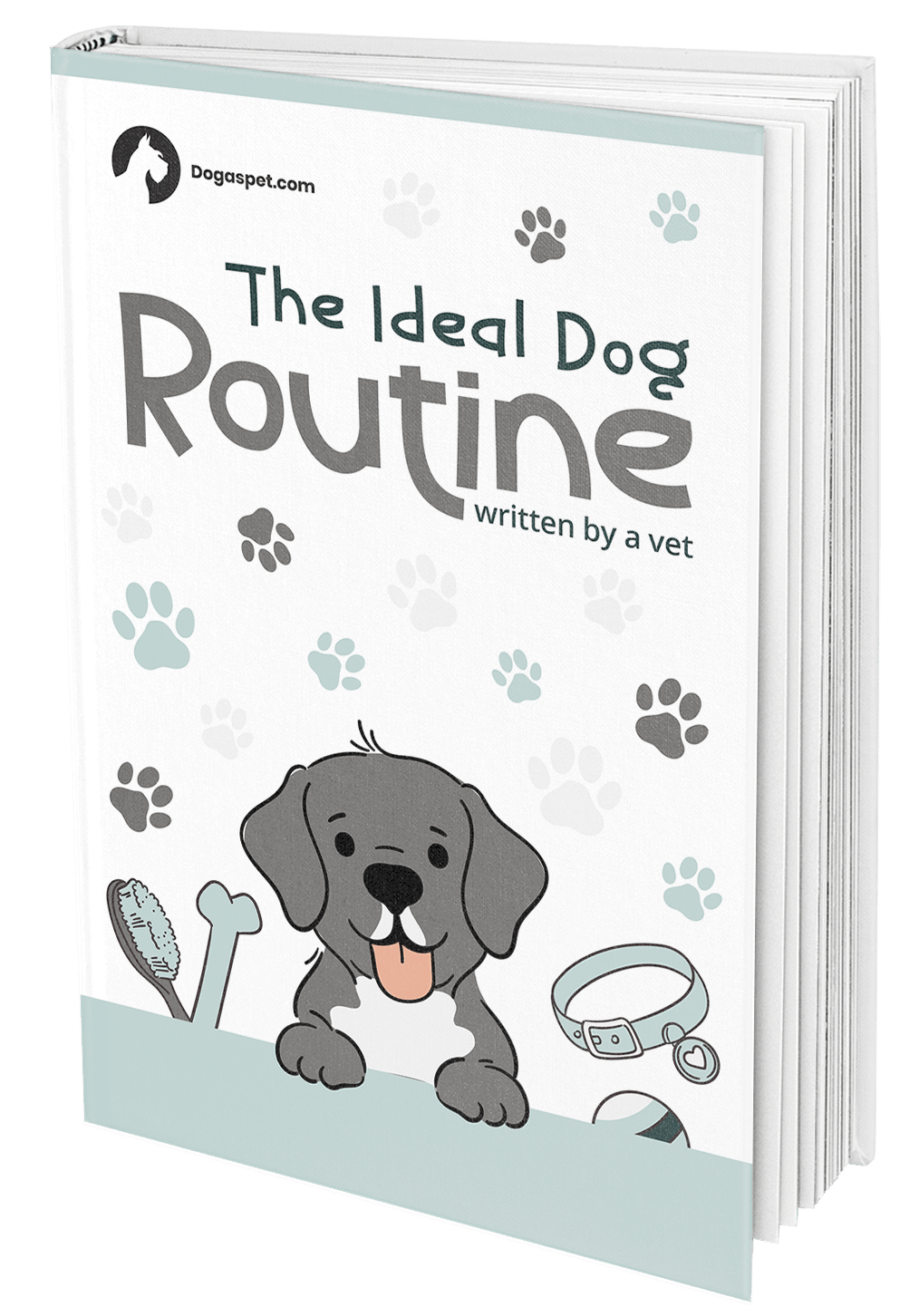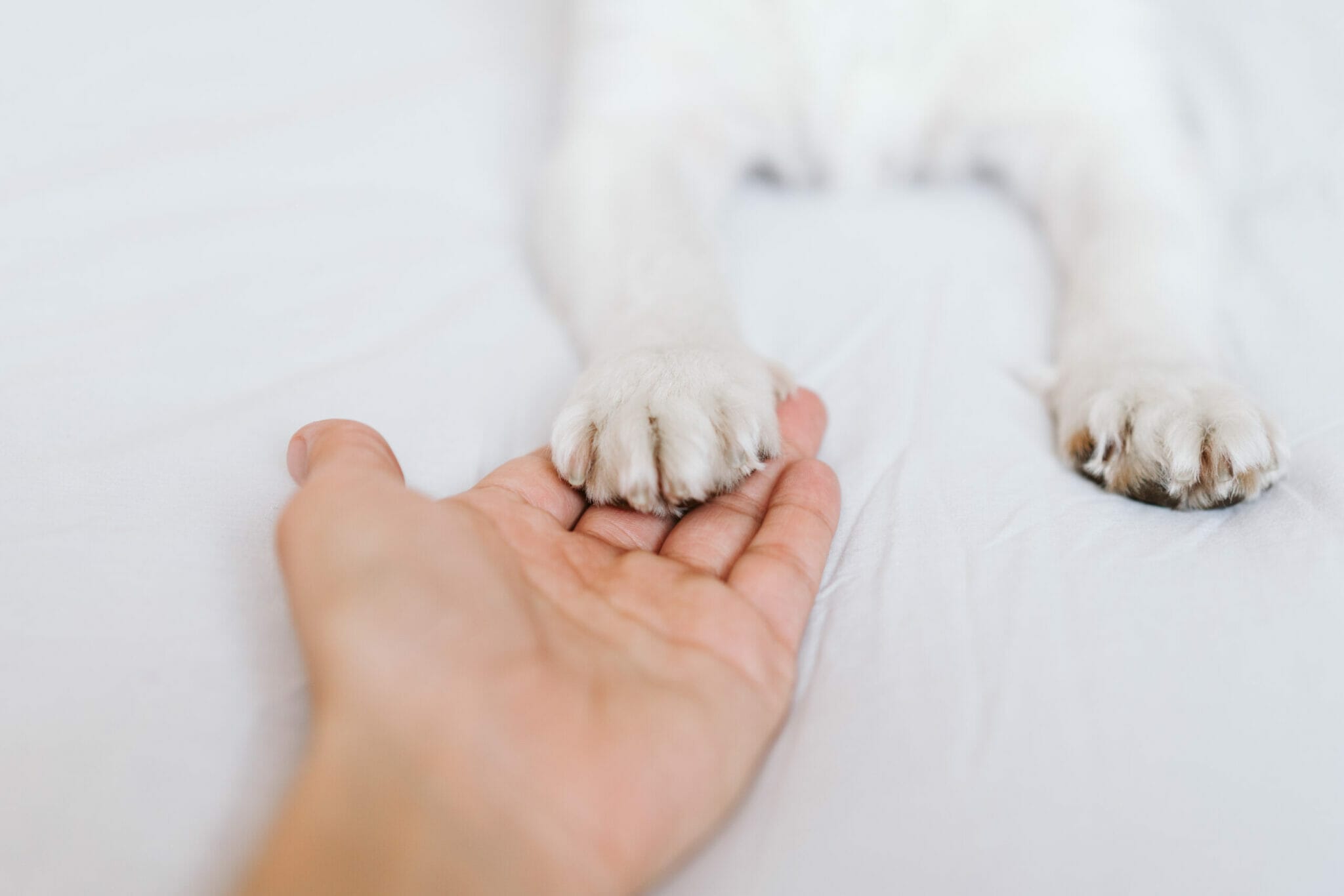
Dogs can get ingrown toenails, and just like with humans, the nail can become infected and cause a lot of pain. In this blog post, we’ll discuss some common problems with dog nails and how you can keep your pup’s nails healthy and trim. We’ll also touch on the topic of clipping dogs’ nails, which is a bit more involved than simply clipping human nails! Read on for all you need to know about caring for your furry friend’s nails.
Table of contents
How can dogs get ingrown toenails?
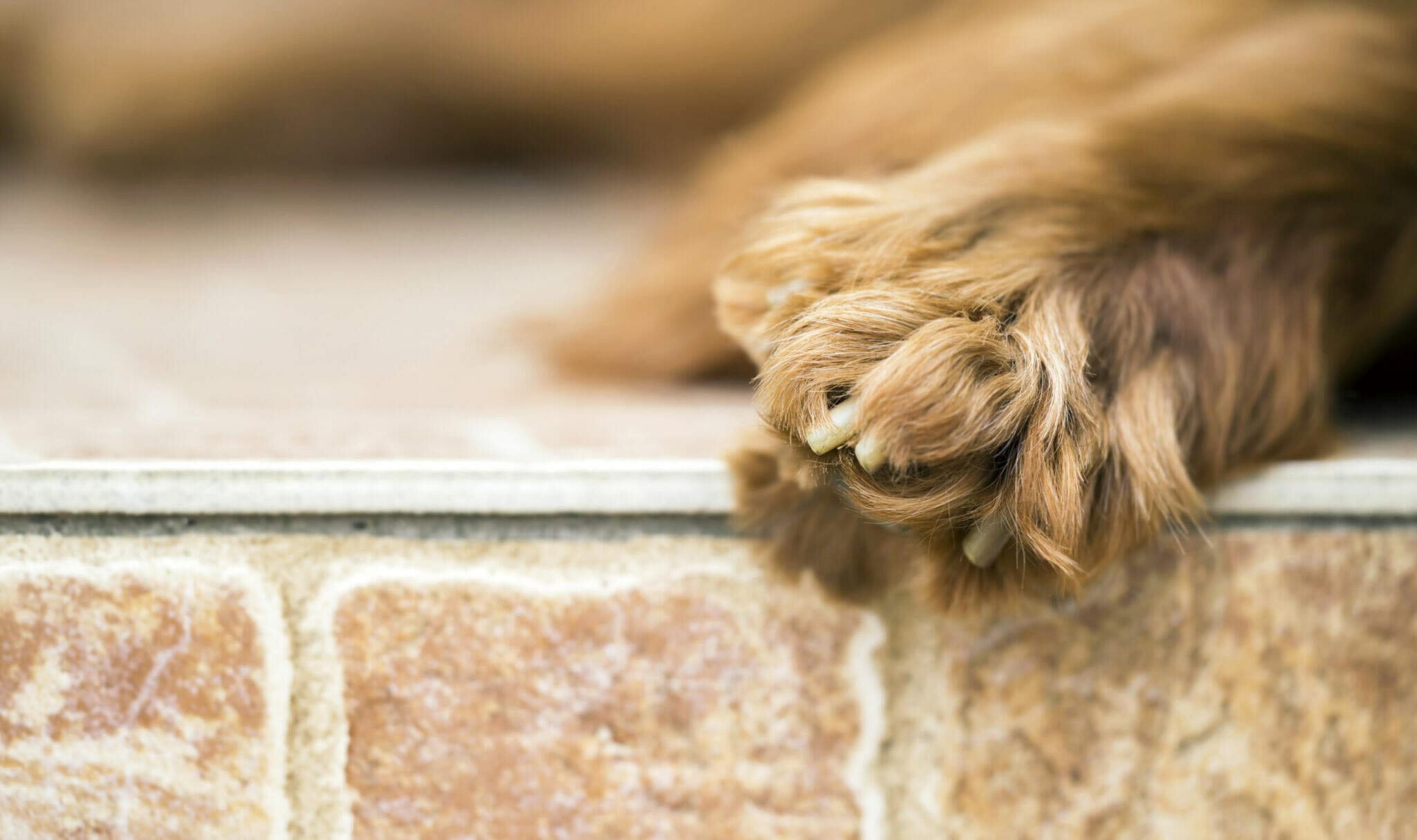
As you probably know, dogs’ nails grow just like human nails. However, because dogs walk on their toes (as opposed to the flat of their feet like we do), their nails are more prone to getting overgrown. When a dog’s nail grows too long, it can curve back into the flesh and cause an ingrown toenail. This is incredibly painful for your pup and can lead to infection if not treated properly.
If you think your dog may have an ingrown toenail, it’s important to take them to the vet right away. The vet will be able to clean out the infection and help the nail grow back correctly. In some cases, surgery may be necessary to remove the ingrown nail completely.
4 other common dog nail problems
Aside from ingrown toenails, there are a few other common problems that can affect your dog’s nails.
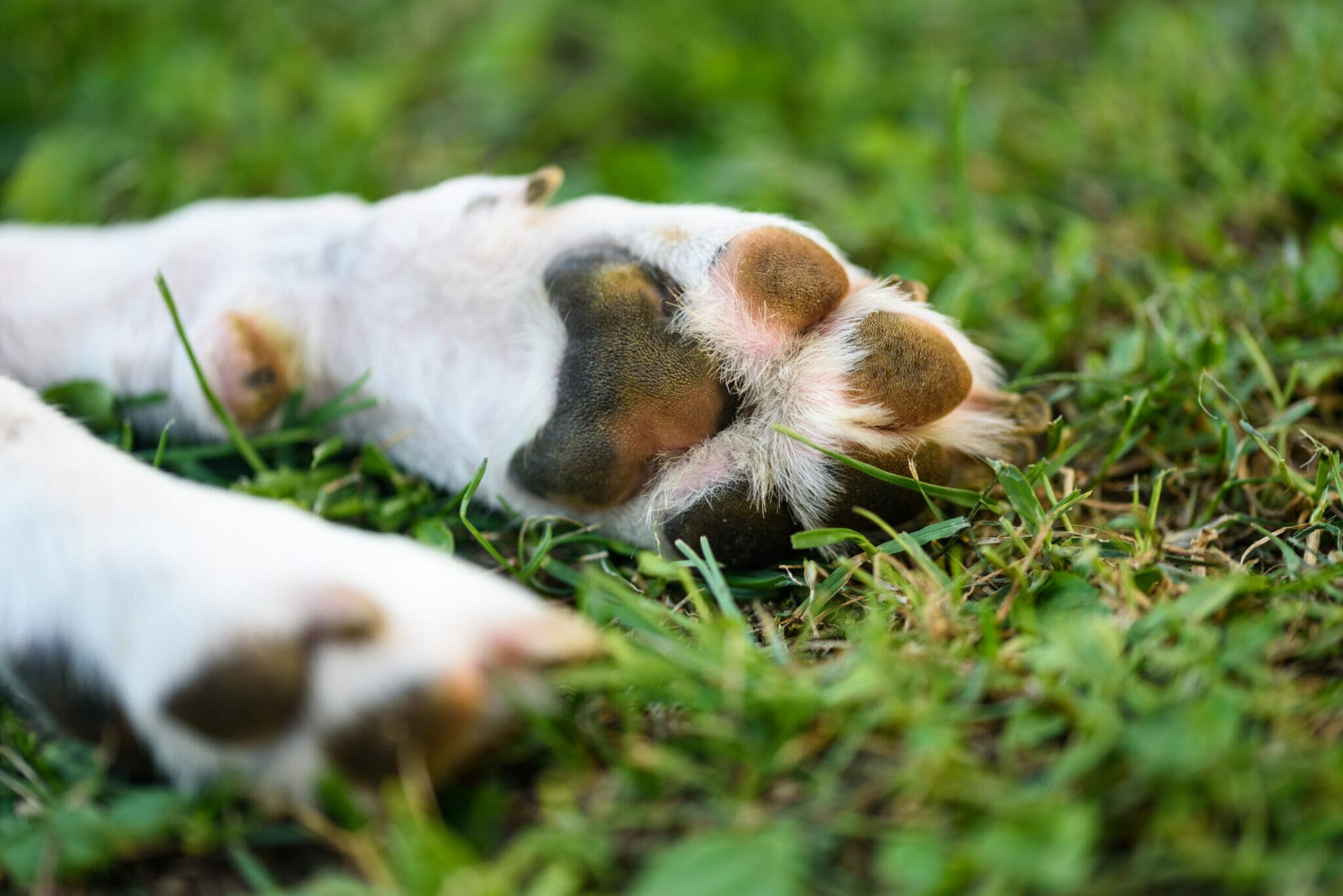
Nail Trauma
If your dog’s nails are hit too hard or catch on to something, the nail can break or tear. This is extremely painful for your dog and can lead to infection. Excessive licking of the nail can be a sign that your dog is in pain. Another sign your dog has nail trauma is if they are suddenly limping or refusing to put weight on the affected leg.
If you think your dog has nail trauma, it’s important to take them to the vet. The vet will be able to clean and bandage the wound properly to prevent infection. They may also prescribe antibiotics if necessary.
Fungal Nail Infections
Fungal nail infections are relatively rare in dogs but can occur if your dog’s nails are constantly damp or exposed to water. The most common symptom of a fungal infection is the yellowing of the nails.
If you notice this, make sure to discuss it with the vet. The vet will be able to prescribe medication to clear up the infection.
Bacterial Nail Infections
Bacterial nail infections are also relatively rare but can happen if your dog’s nails are constantly exposed to dirt or manure. The most common symptom of a bacterial infection is redness and swelling of the nails.
Your vet can help you determine if your dog has a bacterial infection and prescribe the appropriate medication.
Lupoid Onychodystrophy
Lupoid onychodystrophy is a condition that causes a dog’s nails to become thickened, deformed, and brittle. The cause of this condition is unknown but it is thought to be an autoimmune disorder.
If you notice these symptoms in your dog, take them to the vet. There is no cure for lupoid onychodystrophy but the vet may be able to prescribe medication to help manage the symptoms.
How to keep your dog’s nails healthy
Now that we’ve gone over some of the most common problems that can affect your dog’s nails, let’s talk about how to prevent them! The best way to keep your dog’s nails healthy is to regularly trim them. This will help prevent them from getting too long and becoming ingrown.
There are a few different ways you can trim your dog’s nails. You can use nail clippers designed specifically for dogs, or you can use a rotary tool such as a Dremel.
If you’re not comfortable trimming your dog’s nails yourself, you can always take them to a groomer or the vet to have it done.
In addition to regular nail trims, you should also make sure your dog’s nails are kept clean and dry. This will help prevent infection if the nails become damaged.
Additional tips for nail trimming
- If you're using nail clippers, only cut off a small amount at a time.
- Be careful not to cut the quick (the pink part of the nail). If you do, it will bleed and be painful for your dog.
- If your dog has black nails, it may be difficult to see the quick. In this case, it's best to be careful and only trim a small amount off at a time.
- When you're using a rotary tool, start slowly and gradually increase the speed as you get comfortable with it.
- Make sure your dog is comfortable and relaxed during the nail trimming process. If they're anxious, it will be more difficult to trim their nails properly.
- Give your dog a treat after trimming their nails to help them associate the experience with something positive.
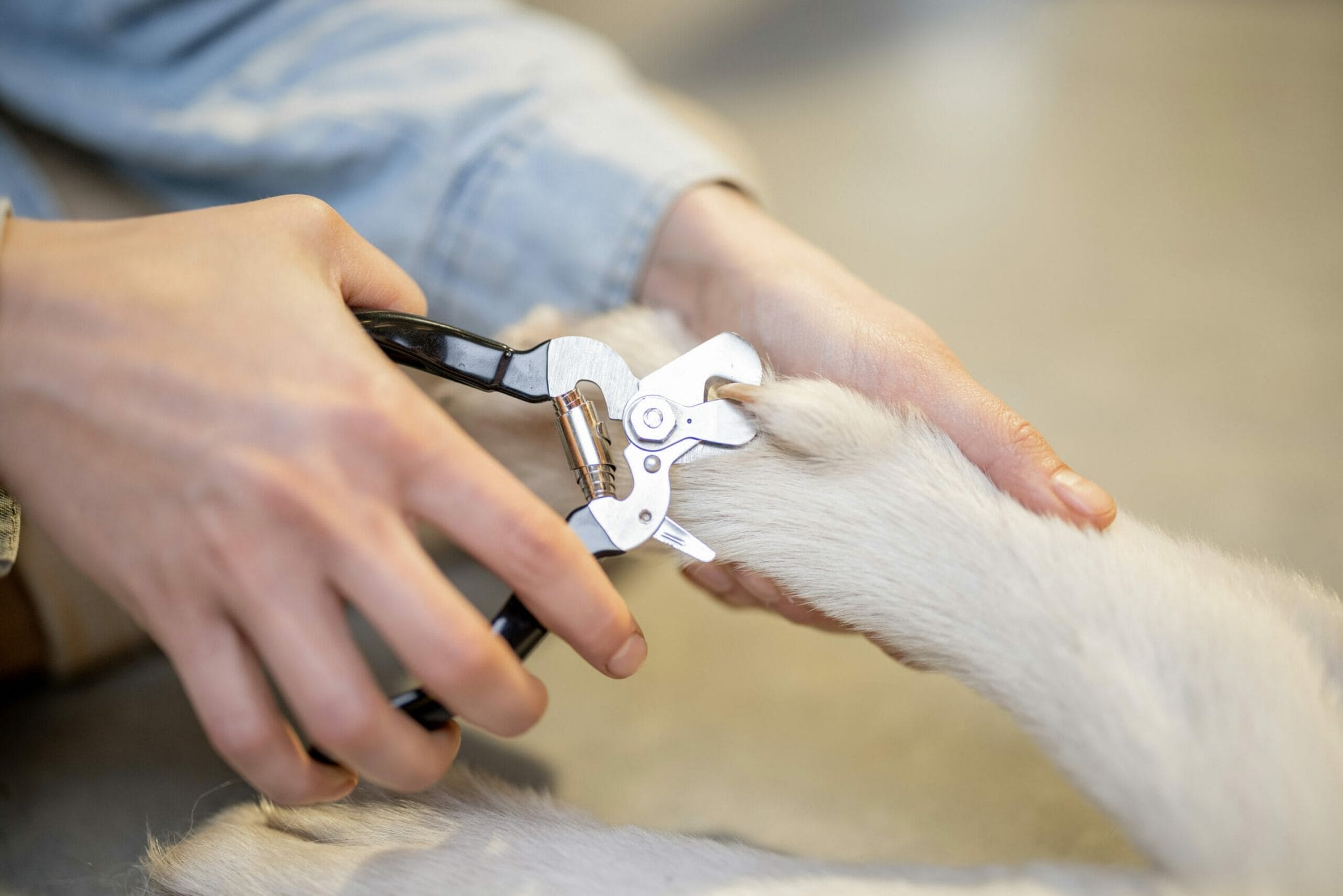
Final thoughts
Dogs can indeed get ingrown toenails. The best way to prevent problems with your dog’s nails is to regularly trim them and keep them clean and dry. If you’re not comfortable trimming your dog’s nails yourself, you can always take them to a groomer or the vet to have it done.
If you think your dog has an ingrown toenail, take them to the vet so they can prescribe the appropriate treatment.

